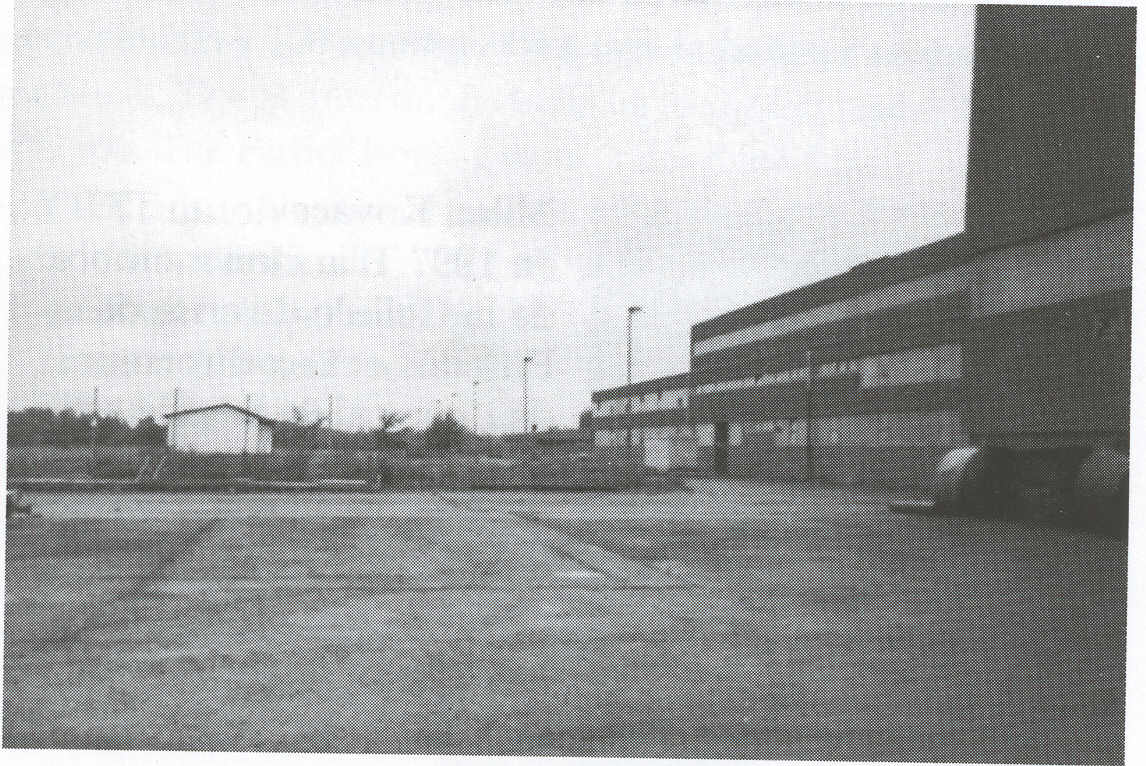 |
Bosnian Omarska camp survivors fight for memorial on factory grounds
by Isabelle Wesselingh, The Hague
 Thirteen years to the day after the notorious Omarska prison camp was closed down, survivors are still fighting for a memorial on the grounds of the Bosnian mine now owned by the world's biggest steel producer, Mittal Steel. ‘I feel an obligation to my friends and other camp inmates who have died. We want a memorial so that their suffering is not forgotten,’ Satko Mujagić, an Omarska survivor currently living in the Netherlands, has told AFP. Thirteen years to the day after the notorious Omarska prison camp was closed down, survivors are still fighting for a memorial on the grounds of the Bosnian mine now owned by the world's biggest steel producer, Mittal Steel. ‘I feel an obligation to my friends and other camp inmates who have died. We want a memorial so that their suffering is not forgotten,’ Satko Mujagić, an Omarska survivor currently living in the Netherlands, has told AFP.
Since Mittal Steel, based in the Netherlands, bought the ore mine in Prijedor in north-western Bosnia and started to renovate a number of the buildings on the site - the same buildings used for holding prisoners - the issue of a memorial to commemorate what went on there has become more pressing.
Omarska may seem like any other industrial mine, with a production of 1.5 million tons of ore annually and 650 employees, but the name is still synonymous with some of the worst atrocities of the 1992-95 Bosnian war. Over 3,000 Bosnian Muslims and Croats, including 37 women, were held in horrific conditions by Bosnian Serb nationalist forces in the mine between May and August 1992, according to figures form the International Criminal Tribunal for the former Yugoslavia (ICTY). Hundreds of prisoners were killed and tortured. Many of the bodies thrown into mass graves have not yet been recovered.
In the summer of 1992, images of emaciated prisoners, forced to run through the canteen to get their meals, made by a British camera crew, shocked the world and showed the horrors of the campaign of so-called ethnic cleansing mounted by the Bosnian Serbs led by Radovan Karadžić. Despite Omarska's symbolic importance - the television images prompted the international community into action and led to the creation of the ICTY - the establishment of a monument has become the subject of heated debate. ‘The issue at hand is very sensitive,’ Mittal Steel said last April.
After the war Prijedor, which had always been a mixed settlement with an equal percentage of Bosnian Serbs and Muslims, remained a Bosnian Serb-dominated town. There are still Bosnian Serbs, including municipal politicians in Prijedor, who deny the existence of the camps. They are fiercely opposed to a memorial. ‘The situation is similar to that in Srebrenica’ - where many in the local population also deny that the 1995 massacre of Muslims there actually happened - says Mujagić.
After survivors sent a letter in November last year to Mittal Steel, the company, which does not want to offend any one community, named in April 2005 a special mediator, Donald Reeves, to try and resolve the issue. Building memorials, however small, ‘is a problem for all post-war societies’, especially in countries where a war has pitted different ethnic communities against each other, Reeves says.
Mittal Steel has agreed not to touch the notorious ‘White House’ on the compound, where prisoners were taken to be tortured. It is there that the survivors would like to have a place to remember. This November there will be a special conference, with Bosnian Serbs, Muslims and Croats, to decide on a memorial. ‘Mediation takes a lot of time and patience. There is the further difficulty of having to deal with people who are known to be associated with different sorts of criminal activity, including criminal activities during the war,’ Reeves says.
Mujagić is hoping for an interactive memorial, with films and photographs of what happened in the camp in the ‘White House’ building. ‘If it were up to me, I would have left the whole camp intact; but it is a very important site for the local economy, which will contribute to the future of Prijedor. I have resigned myself to that fact, but still there has to also be a memorial,’ he says.
This article was released by Agence France-Press, 6 August 2005. For more on the struggle between memory and denial in Prijedor, and about the struggle for a memorial to the victims imprisoned, tortured, raped and killed in 1992 in the camps at the Prijedor-area iron mines, now owned by Mittal Steel, see the documents and photos posted on Domovina Net, at http://www.domovina.net/ljubija/index.php
|